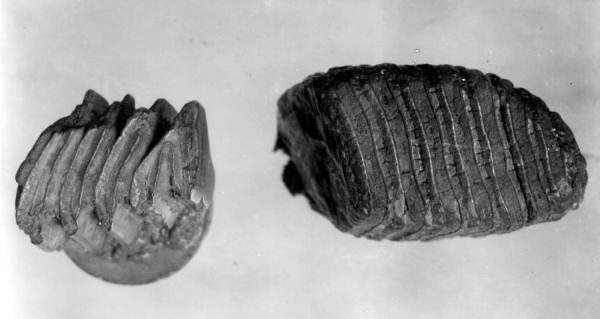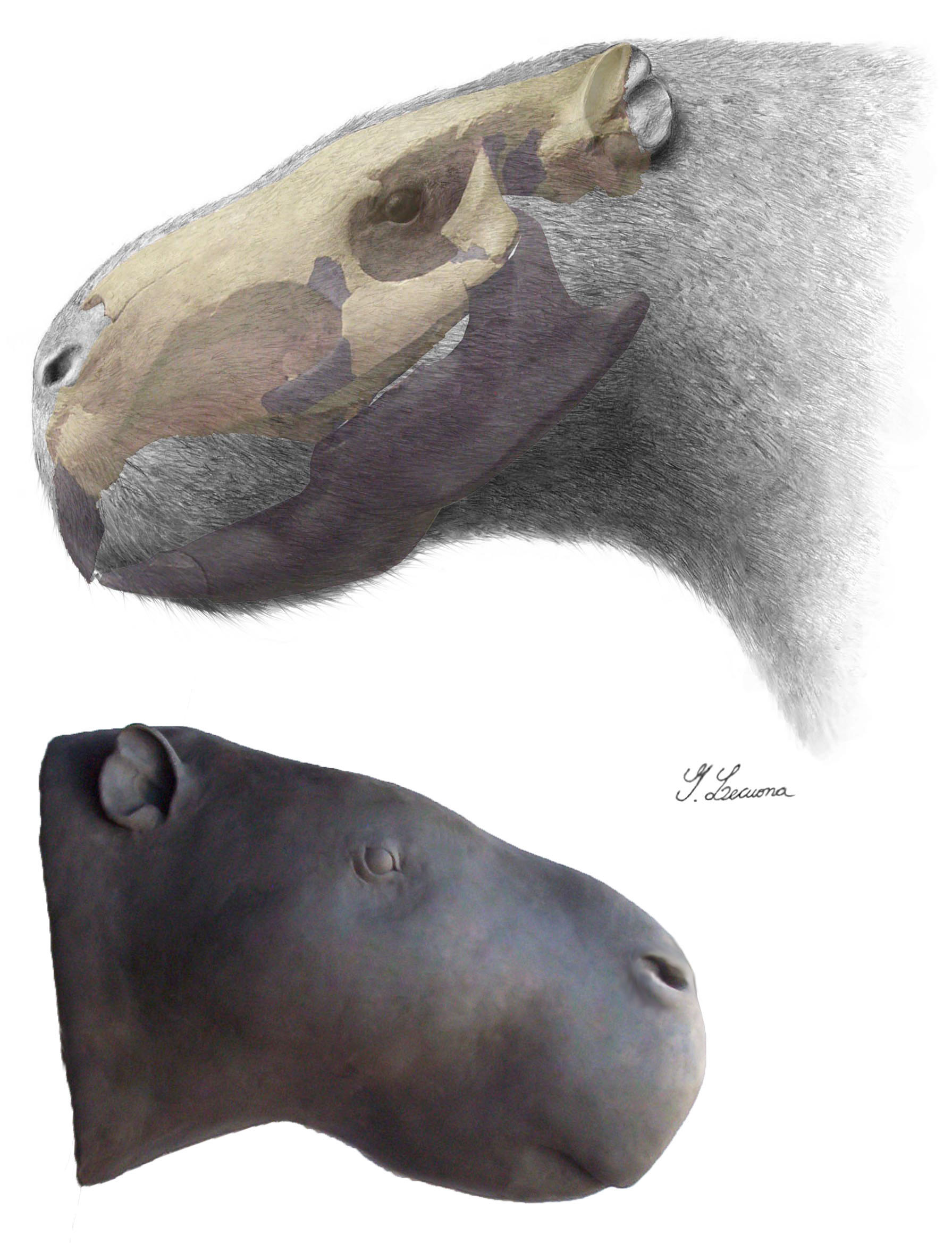|
List Of Extinct Rodents
This list is of rodent species that are extinct − no longer alive. Species from related groups such as Lagomorpha (rabbits and hares) are not included. Before 1500 Extinct after 1500 16th century *Oriente cave rat *Torre's cave rat *Imposter hutia *Montane hutia *''Megaoryzomys'' *Cuban coney *Hispaniolan edible rat *''Conilurus capricornensis'' *Samaná hutia *Buhler's coryphomys *'' Noronhomys'' *'' Pennatomys nivalis'' *Desmarest's hutia 17th century * Insular cave rat *Puerto Rican hutia *Verhoeven's giant tree rat See also * – all periods * * References {{Mammal lists . Rodents Rodents (from Latin , 'to gnaw') are mammals of the order Rodentia (), which are characterized by a single pair of continuously growing incisors in each of the upper and lower jaws. About 40% of all mammal species are rodents. They are nat ... . Extinct rodents Rodents, extinct ... [...More Info...] [...Related Items...] OR: [Wikipedia] [Google] [Baidu] |
Rodent
Rodents (from Latin , 'to gnaw') are mammals of the order Rodentia (), which are characterized by a single pair of continuously growing incisors in each of the upper and lower jaws. About 40% of all mammal species are rodents. They are native to all major land masses except for New Zealand, Antarctica, and several oceanic islands, though they have subsequently been introduced to most of these land masses by human activity. Rodents are extremely diverse in their ecology and lifestyles and can be found in almost every terrestrial habitat, including human-made environments. Species can be arboreal, fossorial (burrowing), saltatorial/richochetal (leaping on their hind legs), or semiaquatic. However, all rodents share several morphological features, including having only a single upper and lower pair of ever-growing incisors. Well-known rodents include mice, rats, squirrels, prairie dogs, porcupines, beavers, guinea pigs, and hamsters. Rabbits, hares, and pikas, whose i ... [...More Info...] [...Related Items...] OR: [Wikipedia] [Google] [Baidu] |
West Indies
The West Indies is a subregion of North America, surrounded by the North Atlantic Ocean and the Caribbean Sea that includes 13 independent island countries and 18 dependencies and other territories in three major archipelagos: the Greater Antilles, the Lesser Antilles, and the Lucayan Archipelago. The subregion includes all the islands in the Antilles, plus The Bahamas and the Turks and Caicos Islands, which are in the North Atlantic Ocean. Nowadays, the term West Indies is often interchangeable with the term Caribbean, although the latter may also include some Central and South American mainland nations which have Caribbean coastlines, such as Belize, French Guiana, Guyana, and Suriname, as well as the Atlantic island nations of Barbados, Bermuda, and Trinidad and Tobago, all of which are geographically distinct from the three main island groups, but culturally related. Origin and use of the term In 1492, Christopher Columbus became the first European to record his arri ... [...More Info...] [...Related Items...] OR: [Wikipedia] [Google] [Baidu] |
Phoberomys Pattersoni
''Phoberomys pattersoni'' is an extinct rodent that lived in the ancient Orinoco River delta around 8 million years ago. It was the second-largest of the roughly seven species of its genus. Like many other rodents, ''Phoberomys'' was a herbivore with high-crowned premolars and molars. Description An almost complete skeleton was discovered in the Urumaco Formation at Urumaco, Venezuela, in 2000.''Phoberomys pattersoni'' at .org The new species was later classified with the name ''Phoberomys pattersoni'' in honor of palaeontologist Brian Patterson. Originally, ''Phoberomys pattersoni'' was estimated as being approximately 741 kg based on dimensions of ... [...More Info...] [...Related Items...] OR: [Wikipedia] [Google] [Baidu] |
Phoberomys
''Phoberomys'' is an extinct genus of rodents. Fossil specimens from the Late Miocene period have been discovered in the Ituzaingó Formation of Argentina, the Solimões Formation of Brazil, the Urumaco Formation at Urumaco in Venezuela, and the Pliocene of Peru. Species Species in the genus described are:''Phoberomys'' at Fossilworks.org * '' Phoberomys burmeisteri (= P. insolita, P. lozanoi, P. minima, P. praecursor)'' * '' |
Josephoartigasia BW
''Josephoartigasia'' is an extinct genus of enormous dinomyid rodent from the Early Pliocene to Early Pleistocene of Uruguay. The only living member of Dinomyidae is the pacarana. ''Josephoartigasia'' is named after Uruguayan national hero José Artigas. It contains two species: ''J. magna'', described in 1966 based on a left mandible, and ''J. monesi'', described in 2008 based on a practically complete skull. Both are reported from the San José Member of the Raigón Formation by the Barrancas de San Gregorio along the shores of Kiyú beach. The skull of ''J. monesi'' measures , similar to a beef cow skull, equating to a full body length of —though this is likely an overestimate—and a weight of about . This makes ''J. monesi'' the biggest rodent ever discovered. It was much larger than ''J. magna'' or the largest living rodent, the capybara, which averages . ''J. monesi'' also had a massive bite force of approximately at the incisors (on par with large carnivores) ... [...More Info...] [...Related Items...] OR: [Wikipedia] [Google] [Baidu] |
Pacarana
The pacarana (''Dinomys branickii'') is a rare and slow-moving Hystricognathi, hystricognath rodent indigenous to South America. Native Tupian languages, Tupi people call it the ''pacarana'' (false paca) because it is superficially similar to the paca, a different rodent which is not in the same family. The pacarana has a chunky body and is large for a rodent, weighing up to and measuring up to in length, not including the thick, furry tail. The pacarana is nocturnal and is found only in tropical forests of the western Amazon Basin, Amazon River basin and adjacent foothills of the Andes Mountains. It ranges from northwestern Venezuela and Colombia to western Bolivia, including the Yungas. It is common in Cotapata National Park and Integrated Management Natural Area, Cotapata National Park in Bolivia. The pacarana is the monotypic, sole extant member of the rodent family Dinomyidae in the Order (biology), infraorder Caviomorpha; the paca that it resembles in appearance is in a d ... [...More Info...] [...Related Items...] OR: [Wikipedia] [Google] [Baidu] |
Josephoartigasia Monesi
''Josephoartigasia'' is an extinct genus of enormous dinomyid rodent from the Early Pliocene to Early Pleistocene of Uruguay. The only living member of Dinomyidae is the pacarana. ''Josephoartigasia'' is named after Uruguayan national hero José Artigas. It contains two species: ''J. magna'', described in 1966 based on a left mandible, and ''J. monesi'', described in 2008 based on a practically complete skull. Both are reported from the San José Member of the Raigón Formation by the Barrancas de San Gregorio along the shores of Kiyú beach. The skull of ''J. monesi'' measures , similar to a beef cow skull, equating to a full body length of —though this is likely an overestimate—and a weight of about . This makes ''J. monesi'' the biggest rodent ever discovered. It was much larger than ''J. magna'' or the largest living rodent, the capybara, which averages . ''J. monesi'' also had a massive bite force of approximately at the incisors (on par with large carnivores) ... [...More Info...] [...Related Items...] OR: [Wikipedia] [Google] [Baidu] |
Josephoartigasia
''Josephoartigasia'' is an extinct genus of enormous Dinomyidae, dinomyid rodent from the Early Pliocene to Early Pleistocene of Uruguay. The only living member of Dinomyidae is the pacarana. ''Josephoartigasia'' is named after Uruguayan national hero José Artigas. It contains two species: ''J. magna'', described in 1966 based on a left mandible, and ''J. monesi'', described in 2008 based on a practically complete skull. Both are reported from the San José Member (geology), Member of the Raigón Formation by the Barrancas de San Gregorio along the shores of Kiyú – Ordeig, Kiyú beach. The skull of ''J. monesi'' measures , similar to a beef cow skull, equating to a full body length of —though this is likely an overestimate—and a weight of about . This makes ''J. monesi'' the biggest rodent ever discovered. It was much larger than ''J. magna'' or the largest living rodent, the capybara, which averages . ''J. monesi'' also had a massive bite force of approximately at the i ... [...More Info...] [...Related Items...] OR: [Wikipedia] [Google] [Baidu] |
Capybara
The capybaraAlso called capivara (in Brazil), capiguara (in Bolivia), chigüire, chigüiro, or fercho (in Colombia and Venezuela), carpincho (in Argentina, Paraguay and Uruguay) and ronsoco (in Peru). or greater capybara (''Hydrochoerus hydrochaeris'') is a giant cavy rodent native to South America. It is the largest living rodent and a member of the genus ''Hydrochoerus''. The only other extant member is the lesser capybara (''Hydrochoerus isthmius''). Its close relatives include guinea pigs and rock cavies, and it is more distantly related to the agouti, the chinchilla, and the nutria. The capybara inhabits savannas and dense forests, and lives near bodies of water. It is a highly social species and can be found in groups as large as 100 individuals, but usually live in groups of 10–20 individuals. The capybara is hunted for its meat and hide and also for grease from its thick fatty skin. It is not considered a threatened species. Etymology Its common name is derived fro ... [...More Info...] [...Related Items...] OR: [Wikipedia] [Google] [Baidu] |
Neochoerus Pinckneyi
''Neochoerus pinckneyi'' was a North American species of capybara. While capybaras originated in South America, formation of the Isthmus of Panama three million years ago allowed some of them to migrate north as part of the Great American Interchange. Capybaras and porcupines are the only caviomorph rodents that reached temperate North America during this exchange (a much greater diversity of North American rodents invaded South America). At , 40% larger than the living capybara, ''N. pinckneyi'' is one of the largest rodent species ever discovered, surpassed only by ''Josephoartigasia monesi'', several species of ''Phoberomys'', and possibly the Pleistocene giant beaver. Remains have been found in southern North America, from Arizona to Florida to South Carolina, and throughout Central America Central America ( es, América Central or ) is a subregion of the Americas. Its boundaries are defined as bordering the United States to the north, Colombia to the south, the C ... [...More Info...] [...Related Items...] OR: [Wikipedia] [Google] [Baidu] |
Neochoerus
''Neochoerus'' ("new hog") is an extinct genus of rodent closely related to the living capybara. Fossil remains of ''Neochoerus'' have been found through North America (México and United States) and South America in Boyacá, Colombia Colombia (, ; ), officially the Republic of Colombia, is a country in South America with insular regions in North America—near Nicaragua's Caribbean coast—as well as in the Pacific Ocean. The Colombian mainland is bordered by the Car .... References Further reading Paleobiology Database query for ''Neochoerus'' Cavies Pleistocene mammals of South America Prehistoric rodent genera Pleistocene rodents Pleistocene genera Pleistocene mammals of North America Prehistory of Colombia Pleistocene Colombia Altiplano Cundiboyacense Fossil taxa described in 1926 Taxa named by William Perry Hay {{paleo-rodent-stub ... [...More Info...] [...Related Items...] OR: [Wikipedia] [Google] [Baidu] |
Sicily
(man) it, Siciliana (woman) , population_note = , population_blank1_title = , population_blank1 = , demographics_type1 = Ethnicity , demographics1_footnotes = , demographics1_title1 = Sicilian , demographics1_info1 = 98% , demographics1_title2 = , demographics1_info2 = , demographics1_title3 = , demographics1_info3 = , timezone1 = CET , utc_offset1 = +1 , timezone1_DST = CEST , utc_offset1_DST = +2 , postal_code_type = , postal_code = , area_code_type = ISO 3166 code , area_code = IT-82 , blank_name_sec1 = GDP (nominal) , blank_info_sec1 = €89.2 billion (2018) , blank1_name_sec1 = GDP per capita , blank1_info_sec1 ... [...More Info...] [...Related Items...] OR: [Wikipedia] [Google] [Baidu] |





